‘Print the Money’: Trump’s ‘Reckless’ Proposal Echoes Franklin and Lincoln
It's been called crazy talk. But the solution of Abraham Lincoln and the American colonials may be the only sane response to a $19 trillion federal debt that has doubled over the last 10 years.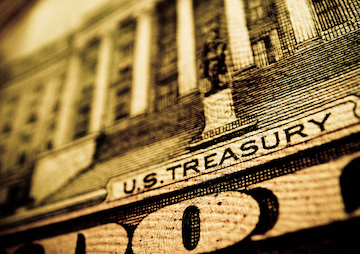 Kurtis Garbutt / (CC-BY-2.0)
1
2
Kurtis Garbutt / (CC-BY-2.0)
1
2
“Reckless,” “alarming,” “disastrous,” “swashbuckling,” “playing with fire,” “crazy talk,” “lost in a forest of nonsense”: these are a few of the labels applied by media commentators to Donald Trump’s latest proposal for dealing with the federal debt. On Monday, May 9th, the presumptive Republican presidential candidate said on CNN, “You print the money.”
The remark was in response to a firestorm created the previous week, when Trump was asked if the US should pay its debt in full or possibly negotiate partial repayment. He replied, “I would borrow, knowing that if the economy crashed, you could make a deal.” Commentators took this to mean a default. On May 9, Trump countered that he was misquoted:
People said I want to go and buy debt and default on debt – these people are crazy. This is the United States government. First of all, you never have to default because you print the money, I hate to tell you, okay? So there’s never a default.
That remark wasn’t exactly crazy. It echoed one by former Federal Reserve Chairman Alan Greenspan, who said in 2011:
The United States can pay any debt it has
because we can always print money to do that.
So there is zero probability of default.
Paying the government’s debts by just issuing the money is as American as apple pie – if you go back far enough. Benjamin Franklin attributed the remarkable growth of the American colonies to this innovative funding solution. Abraham Lincoln revived the colonial system of government-issued money when he endorsed the printing of $450 million in US Notes or “greenbacks” during the Civil War. The greenbacks not only helped the Union win the war but triggered a period of robust national growth and saved the taxpayers about $14 billion in interest payments.
But back to Trump. He went on to explain:
I said if we can buy back government debt at a discount – in other words, if interest rates go up and we can buy bonds back at a discount – if we are liquid enough as a country we should do that.
Apparently he was referring to the fact that when interest rates go up, long-term bonds at the lower rate become available on the secondary market at a discount. Anyone who holds the bonds to maturity still gets full value, but many investors want to cash out early and are willing to take less. As explained on MorningStar.com:
If a bond with a 5% coupon and a ten-year maturity is sold on the secondary market today while newly issued ten-year bonds have a 6% coupon, then the 5% bond will sell for $92.56 (par value $100).
But critics still were not satisfied. In an article titled “Why Donald Trump’s Debt Proposal Is Reckless,” CNNMoney said:
[T]he federal government doesn’t have any money to buy debt back with. The U.S. already has $19 trillion in debt. Trump’s plan would require the U.S. Treasury to issue new debt to buy old debt.
Trump, however, was not talking about borrowing the money. He was talking about printing the money. CNNMoney’s response was:
That can cause inflation (or even hyperinflation),
and send prices of everything from
food to rent skyrocketing.
The Hyperinflation that Wasn’t
CNN was not alone in calling the notion of printing our way out of debt recklessly inflationary. But would it be? The Federal Reserve has already bought $4.5 trillion in assets, $2.7 trillion of which were federal securities, simply by “printing the money.”
When the Fed’s QE program was initiated, critics called it recklessly hyperinflationary. But it did not even create the modest 2% inflation the Fed was aiming for. QE was combined with ZIRP – zero interest rates for banks – encouraging borrowing for speculation, driving up the stock market and real estate. But the Consumer Price Index, productivity and jobs barely budged.
While the Fed has stopped its QE program for the time being, the European Central Bank and the Bank of Japan have jumped in, buying back massive amounts of their own governments’ debts by simply issuing the money. There too, the inflation needle has barely budged. As noted on CNBC in February:
Central banks have been pumping money into the global economy without a whole lot to show for it other than sharply higher stock prices, and even that has been on the downturn for the past year.
Growth remains anemic, and worries are escalating that the U.S. and the rest of the world are on the brink of a recession, despite bargain-basement interest rates and trillions in liquidity.
Helicopter Money Goes Mainstream
European economists and central bankers are wringing their hands over what to do about a flagging economy despite radical austerity measures and increasingly unrepayable debt. One suggestion gaining traction is “helicopter money” – just issue money and drop it directly into the economy in some way. In QE as done today, the newly issued money makes it no further than the balance sheets of banks. It does not get into the producing economy or the pockets of consumers, where it would need to go in order to create the demand necessary to stimulate productivity. Helicopter money would create that demand. Proposed alternatives include a universal national dividend; zero or low interest loans to local governments; and “people’s QE” for infrastructure, job creation, student debt relief, etc.
Your support is crucial…With an uncertain future and a new administration casting doubt on press freedoms, the danger is clear: The truth is at risk.
Now is the time to give. Your tax-deductible support allows us to dig deeper, delivering fearless investigative reporting and analysis that exposes what’s really happening — without compromise.
Stand with our courageous journalists. Donate today to protect a free press, uphold democracy and unearth untold stories.

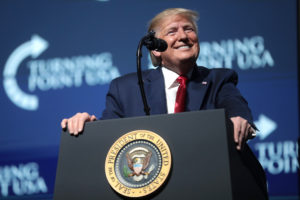
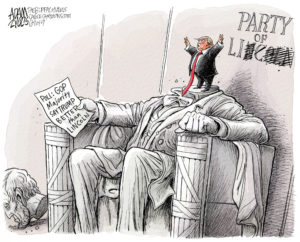
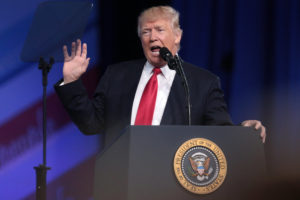
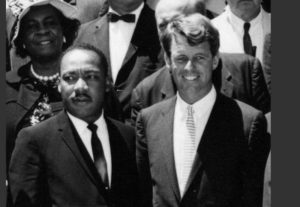


You need to be a supporter to comment.
There are currently no responses to this article.
Be the first to respond.